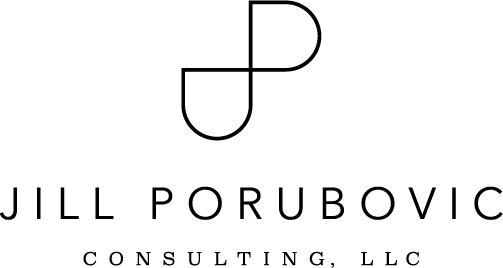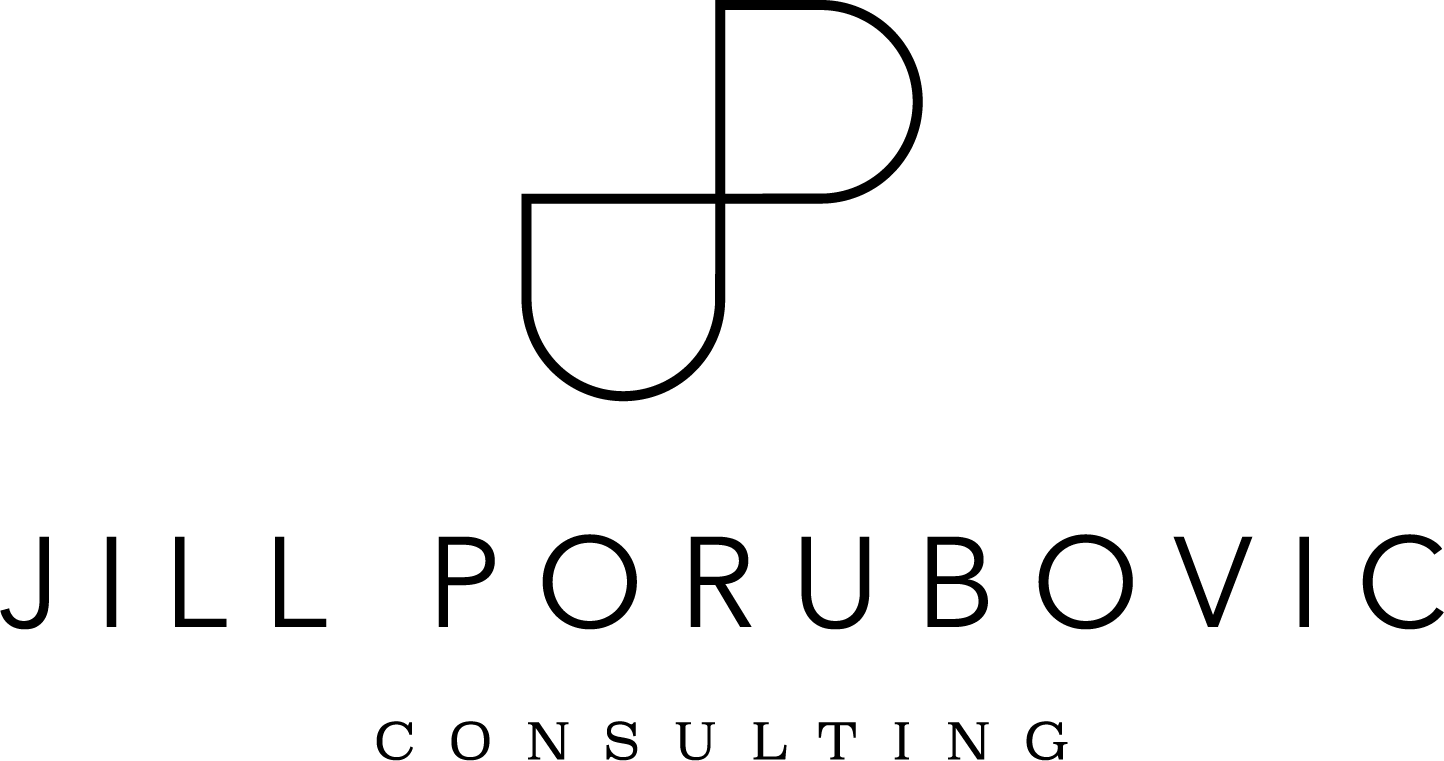How the concept of a quarter ruined my summer at age 10 and why it should matter to leaders
By the end of fourth grade, I was unable to tell time and count change. As a result, I ended up taking summer school with two other kids. There were 52 of us in my class; nearly 6% of us failed these two critical elements of learning. I’m going to reference this 6% as part of a perspective on leadership — the folks that often get left behind.
I remember summer school like it was yesterday. All I wanted to do was be outside — or anywhere other than that classroom. I was embarrassed. Why could 94% of my class get it and I could not? Why were three of us unable to grasp the concepts?
It took leading a global, diverse IT team for me to solve this riddle.
I was lucky enough to spend the last 12+ years of my career at Discovery, Inc. — you know, Discovery Channel, TLC, Animal Planet, Science Channel, HGTV, Food Network, and so many other amazing brands. During my time there, I had a wide range of responsibilities, but my heart was always with service. I felt a deep commitment to serving the more than 17,000 internal customers (users) in over 220 countries and territories whom my team supported.
Any time change was rolled out to our customers, it was a struggle. You would think different time zones and languages would have been the primary struggles, but they weren’t. The biggest struggle was the percent of our customers who did not understand the concept — like me at age 10. Each change would stump folks in different ways; there wasn’t one silver bullet to get change right every time for every person.
Whether you are a lawyer, accountant, editor, business analyst, data scientist, developer or … or … or … (fill in the blank), you can’t avoid change. The challenge for organizations is how to get customers to embrace (tolerate!) and understand change. The answer to this challenge ties back to my trials with learning to count change and tell time — you must present the concepts in ways the theoretical 6% of your organization understands. Humans all take in information and learn differently. If you can figure out a path to reach your 6%, you solve change adoption for the rest of your organization.
I know now why I struggled with telling time and counting change. My mind is literal and matter-of-fact. The term “quarter” was something I could not reconcile. I knew what 25 cents was early on — it was a quarter, and I used that quarter weekly at the 5&10 in my hometown. A quarter meant 25 to me. What I didn’t understand, though, was that a monetary quarter is 25 cents, yet a quarter on a clock is 15-minute increments; 25 and 15 are not the same, yet they are both called a quarter. If I could have first learned that anything cut in four is one-fourth — one quarter — and those quarters don’t even need to be even in some cases, I could have frolicked blissfully in the Kansas heat all summer and not had to attend summer school. It would have made sense. This diagram represents what would have made sense to me when I was 10:
First, I needed to learn the concept; then, I would have been able to understand the details of any application of a quarter. This is the same thing we need to do with our customers when it comes to change — first, clearly explain the concept behind the change; then, describe how it’s being applied.
I get paralyzed with anxiety when I see a freight train of change coming and nobody is minding the gap (the 6%). Mind the gap and what you get in return is much more than effective change adoption: You earn trust. You start to establish a playbook for change. You influence others with your effective deliveries. As a bonus, nobody feels stupid.
Why should you care about the theoretical 6%?
If you can nail down how to bring those folks along for the ride, everyone else in the car will get it too. (I picture a van full of people singing kumbaya.)
Your product — whatever it is — is becoming more and more dependent on your consumer understanding it (both how to use it and how to accept changes to it). If you can get the 6% to understand, the other 94% likely will too.
Your success, your growth, and your consumer love factor depend on you caring about every customer.
If you could — with little effort — add 6% to your salary, your sales, your stock, and so on, wouldn’t you?
If you could take feedback from the 6% and build a better, more relatable product, better add-on products, and take over more of the market, wouldn’t you?
Social media. I don’t really need to explain this one. Everyone has a voice now; those who were silenced in the past have multiple platforms to be heard — right or wrong. Their voices carry. How do you want those voices to carry your product or service? Those 6% can be the difference between an uplifting or debilitating message. You choose.
Need an example?
Apple and Zoom both built their products for the 6%, putting customer ease-of-use first. They took time to mind the gap, build rigor on the back-end, and make the user experience simple. This ease-of-use became the new norm. If you build it, they will come.
Why do more companies not do this? That’s a different blog for a different day!
How can I help?
Change gone wrong already? I am a fixer — I can help you understand what is broken and how to move forward.
Disconnected from your customers (internal or external)? I can help stitch together a path to connect with them and earn their trust (more on trust to come!).
Can’t get feedback that helps? I can be the external voice to compile and review facts without internal influences and help you find your way to positive change.
— Jill P.
Up next on my blog:
Not your grandma’s rotary phone: How industry change impacts customers
Contributors:
Edits by Elyse Goldberg


